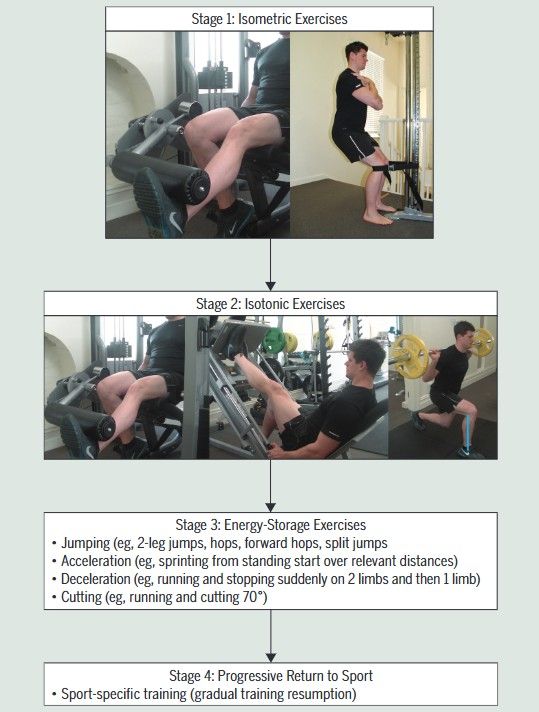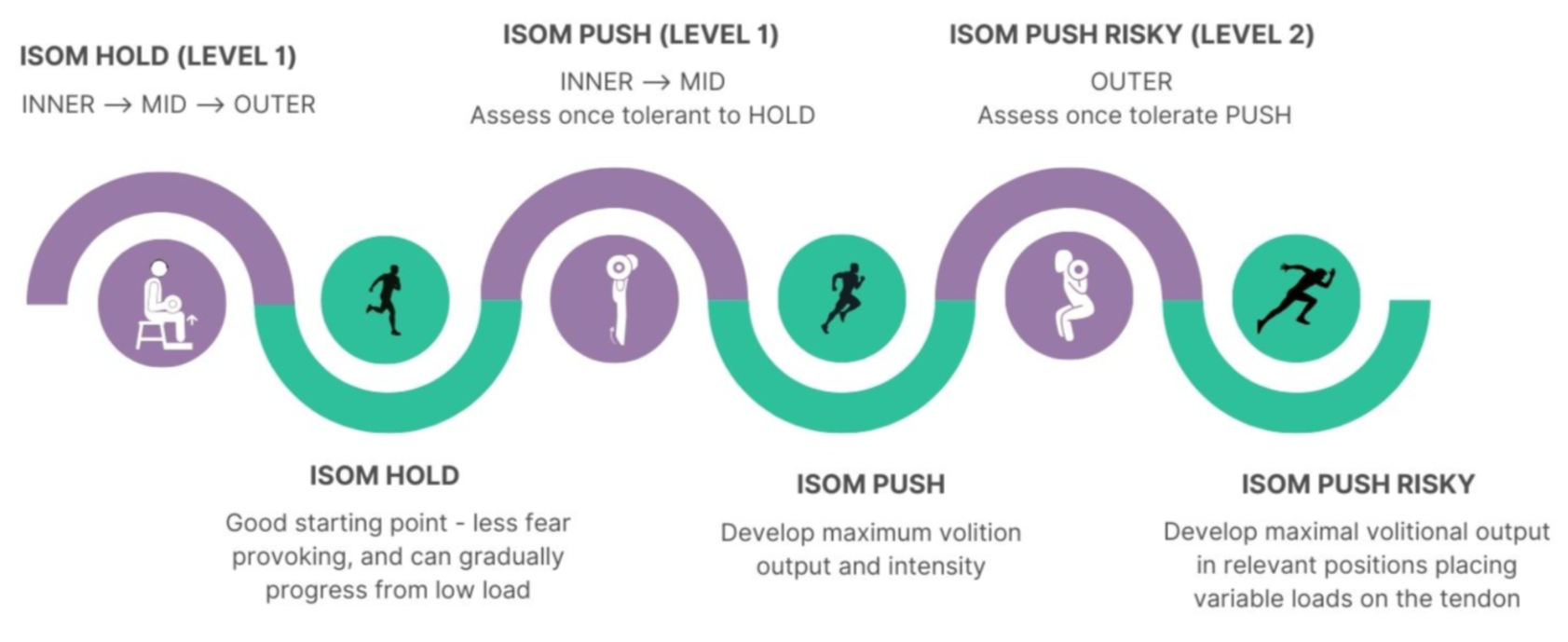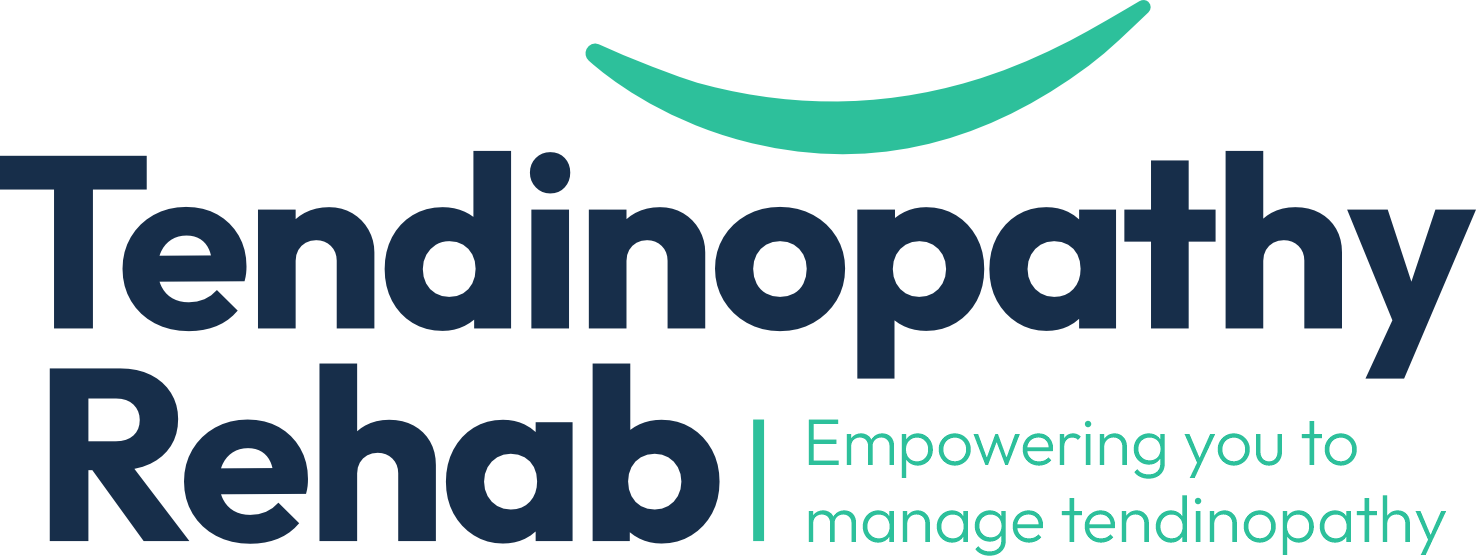Is progression from isometric to isotonic outdated?
Hey folks,
Today, I want to talk about how I have moved away from my own advice (oops).
I used to advocate for a linear progression from isometric (ISOM) to isotonic (ISOT) rehab for tendon pain, as outlined in this JOSPT expert review
https://www.jospt.org/doi/epdf/10.2519/jospt.2015.5987 – and see figure below.
But there is a better way,...

Back then, the focus was mostly on pain:
- Start with ISOM early to manage pain
- Then
progress to ISOT to build load tolerance and capacity
This is what most experts and rehab programs still advocate.
The issue with this approach is it ignores the broader benefits of isometrics.
Beyond pain relief, ISOM can offer some pretty cool advantages, such as:
- Range-specific muscle and neural adaptations
- Ability to load heavier faster (and therefore probably faster adaptations)
- Developing tolerance and confidence in specific and important joint ranges
- Challenging
tissues in weird, wonderful and ‘risky’ positions
So, in my opinion (and it is an opinion, so please feel free
to challenge me) ISOM and ISOT in parallel throughout the rehab process rather
than treating them as separate, sequential phases. The important thing is to
focus on the outcome you are trying to achieve with each stimulus. This should be individualised to the person.
Here is a preview of my ISOM progression (on top is the
assessment, which then becomes the rehab – shown on the bottom). As you move through
the rehab process you move to the right of the infographic. There is also a
parallel ISOT progression. I’ll post about that soon.
Thanks for reading
Peter


Connect with Prof Peter & the Team
Book a consultation
-
Visit Peter at our Richmond Clinic
-
Via a Telehealth session
-
132 Bridge Road, Richmond 3121, Melbourne Australia
